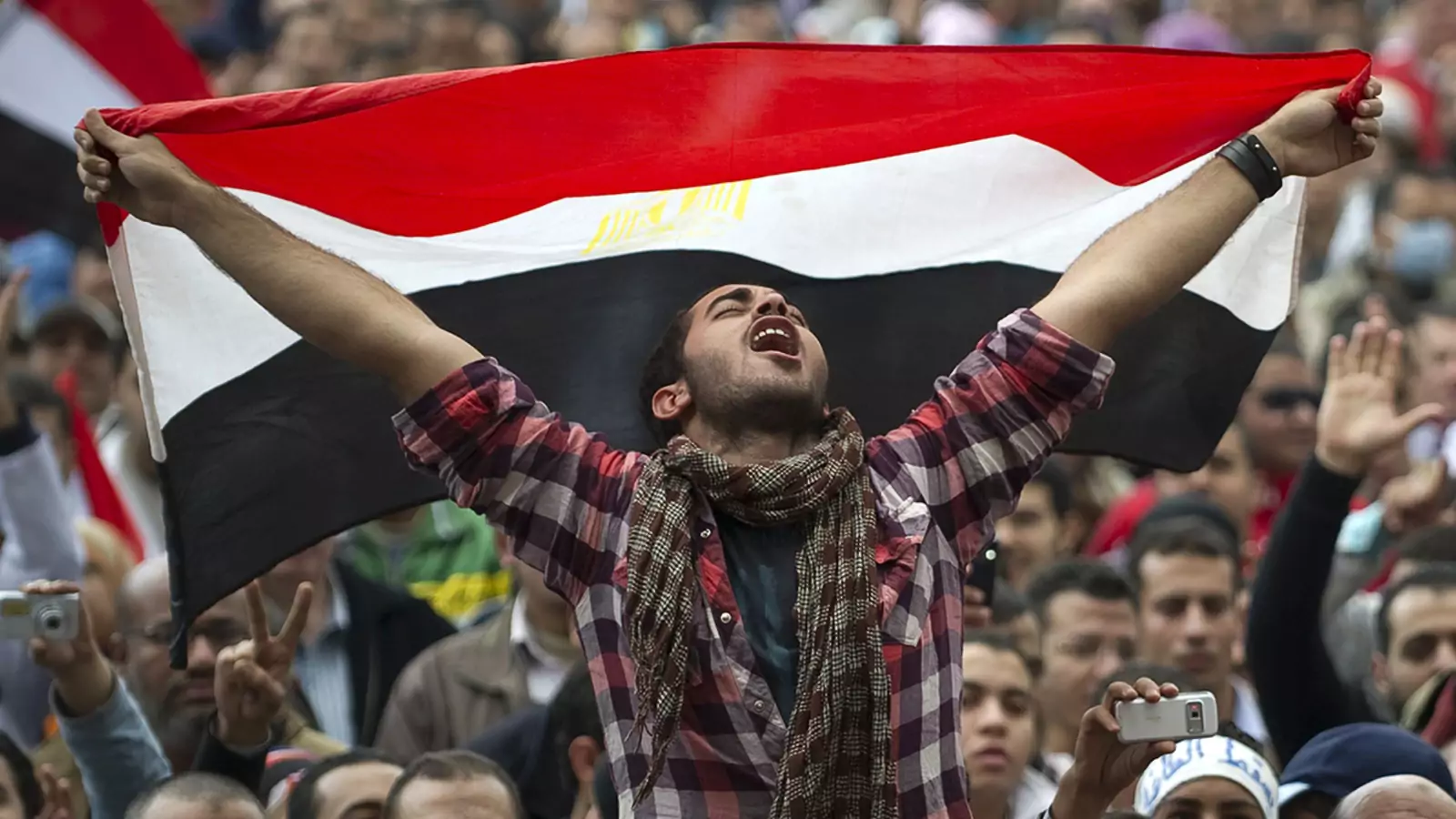by Kali Robinson

In December 2010, Tunisian street vendor Mohamed Bouazizi set himself on fire in protest outside a government office in the little-known town of Sidi Bouzid. In a matter of days, his act of defiance set off a revolutionary movement that rippled across the Middle East and North Africa, toppling some long-standing authoritarian regimes.
Where the Arab Spring Happened
Looking back, the uprisings, commonly known as the Arab Spring, produced modest political, social, and economic gains for some of the region’s inhabitants. But they also sparked horrific and lasting violence, mass displacement, and worsening repression in parts of the region. These graphics show how the lives of those in six Arab Spring hot spots—Bahrain, Egypt, Libya, Syria, Tunisia, and Yemen—have changed, for better or worse, since the upheaval began a decade ago.
Protesters were motivated by many factors, but analysts say a common theme was a push for dignity and human rights. In many countries, religious tensions also played a significant role. For instance, Islamist parties gained power in formerly secular Tunisia and Egypt (although only temporarily in the latter). Meanwhile, deep sectarian divisions helped give rise to the anti-government movements in Bahrain, Syria, and Yemen. Only Tunisia made a lasting shift to democracy, whereas Egypt backslid, and Libya, Syria, and Yemen spiraled into protracted civil wars.
Many in the Mideast struggled financially due to declining oil prices, high unemployment, and corruption among political elites who thrived at the expense of ordinary citizens, among other reasons. Poverty rates were high, especially in rural areas. In no country has the standard of living significantly improved since the revolutions, and it has even declined in conflict-ravaged areas.
Youth Unemployment
Many of the uprisings were led by students and other young people frustrated by government corruption and the lack of economic opportunities. Youth unemployment in the region remains the highest in the world [PDF] and has worsened in several countries, rekindling protests in some cases.
Freedom of the Press
The World This Week
A weekly digest of the latest from CFR on the biggest foreign policy stories of the week, featuring briefs, opinions, and explainers. Every Friday.
Press freedom in the region is worse today than in the years before the revolts. Many governments have moved aggressively to suppress any criticism in the media, and foreign and local journalists are more likely to be imprisoned, killed, or have their work censored than their peers in most other regions of the world. Egypt has become one of the world’s top jailers of journalists since President Abdel Fatah al-Sisi took power in 2013.
Displacement
Post-uprising civil wars in Libya, Syria, and Yemen have caused mass displacement. In many cases, foreign military interventions have exacerbated the violence and disorder. Syria’s conflict alone has created more than five million registered refugees and over six million internally displaced people.
Internet Freedom
The internet and social media were vital tools for mobilizing Arab Spring protesters and documenting some government injustices. In the years since, countries such as Egypt have tightened their grip on cyberspace by restricting internet access, enacting laws that facilitate censorship, and jailing people over their anti-government posts online. Only Tunisia has increased internet freedom, particularly by protecting free expression and the press under its 2014 constitution.
Corruption
Some countries, such as Tunisia, have attempted to respond to protesters’ calls for better governance, including by creating anticorruption agencies and new laws to protect whistleblowers. However, corruption persists and is worsening regionwide. It is particularly daunting in the countries riven by civil war.
Women’s Empowerment
Gender equality was not a primary focus of the Arab Spring, but women took leading roles in the protests despite the threat of gender-based violence. Over the last decade, some countries have seen slight increases in female representation in government, but generally the region has done little to improve the status of women. Still, in countries including Egypt and Tunisia, women are speaking out more against injustices they face.
Will Merrow created the graphics for this article.
No comments:
Post a Comment